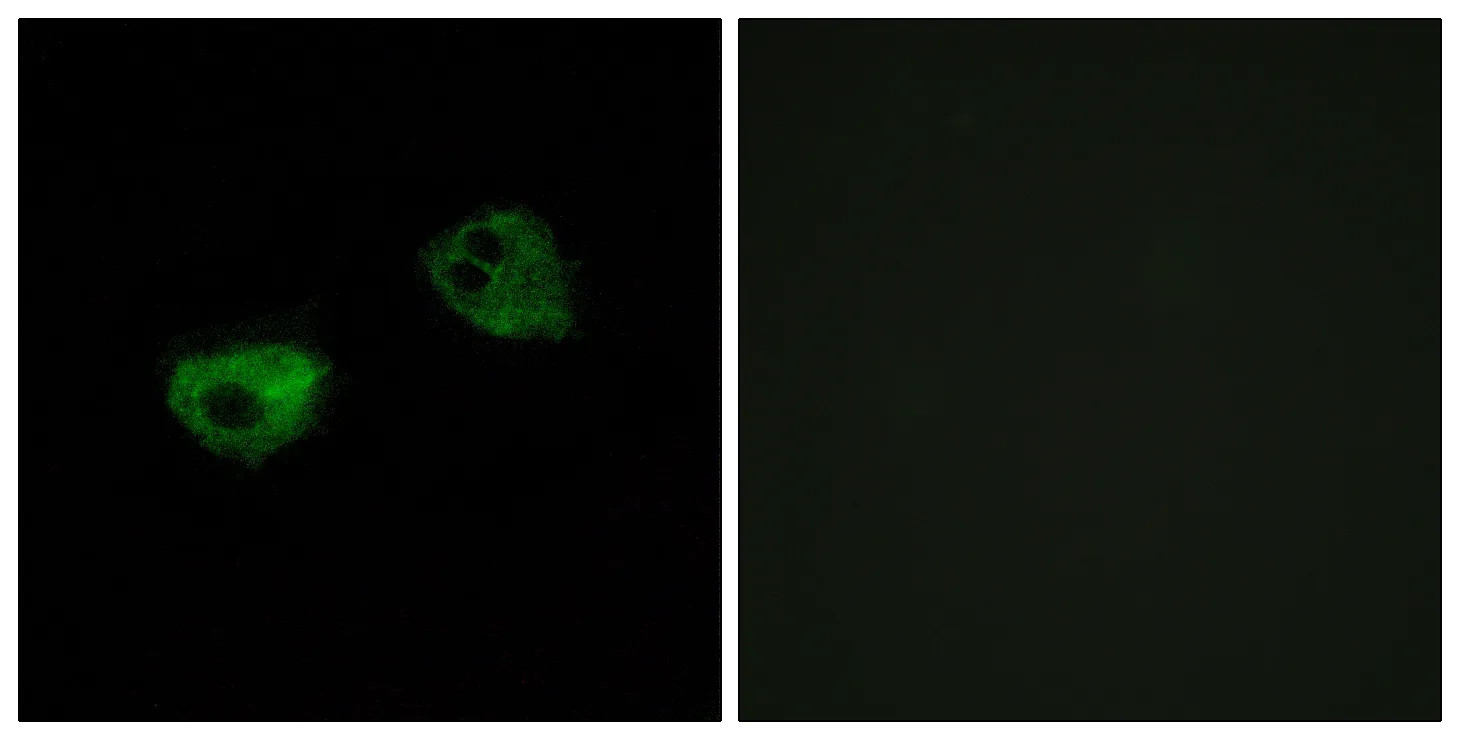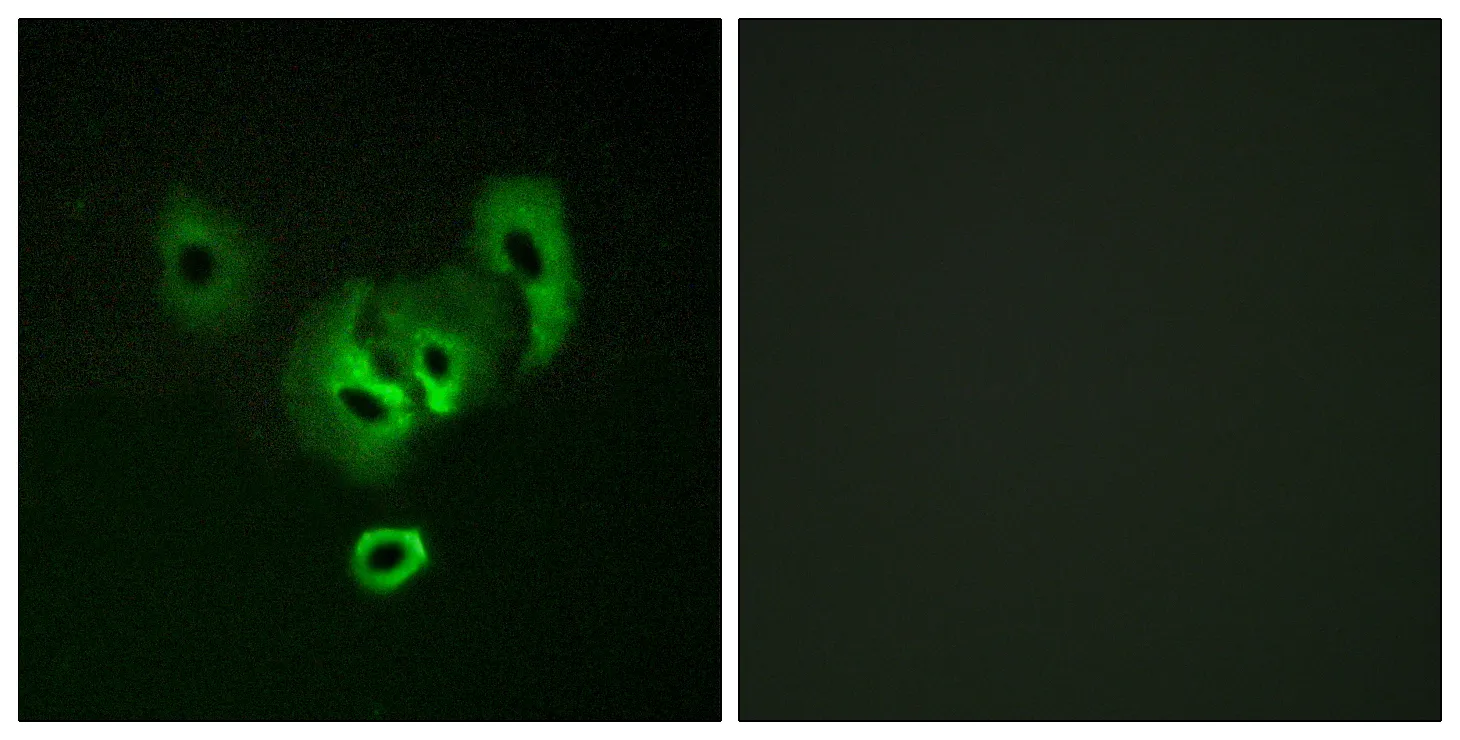Summary
Performance
Immunogen
Application
Background
This gene encodes a classical cadherin and member of the cadherin superfamily. Alternative splicing results in multiple transcript variants, at least one of which encodes a preproprotein is proteolytically processed to generate a calcium-dependent cell adhesion molecule and glycoprotein. This protein plays a role in the establishment of left-right asymmetry, development of the nervous system and the formation of cartilage and bone. [provided by RefSeq, Nov 2015],function:Cadherins are calcium dependent cell adhesion proteins. They preferentially interact with themselves in a homophilic manner in connecting cells; cadherins may thus contribute to the sorting of heterogeneous cell types. CDH2 may be involved in neuronal recognition mechanism.,similarity:Contains 5 cadherin domains.,subunit:Interacts with CDCP1.,
Research Area
Cell adhesion molecules (CAMs);Arrhythmogenic right ventricular cardiomyopathy (ARVC);




